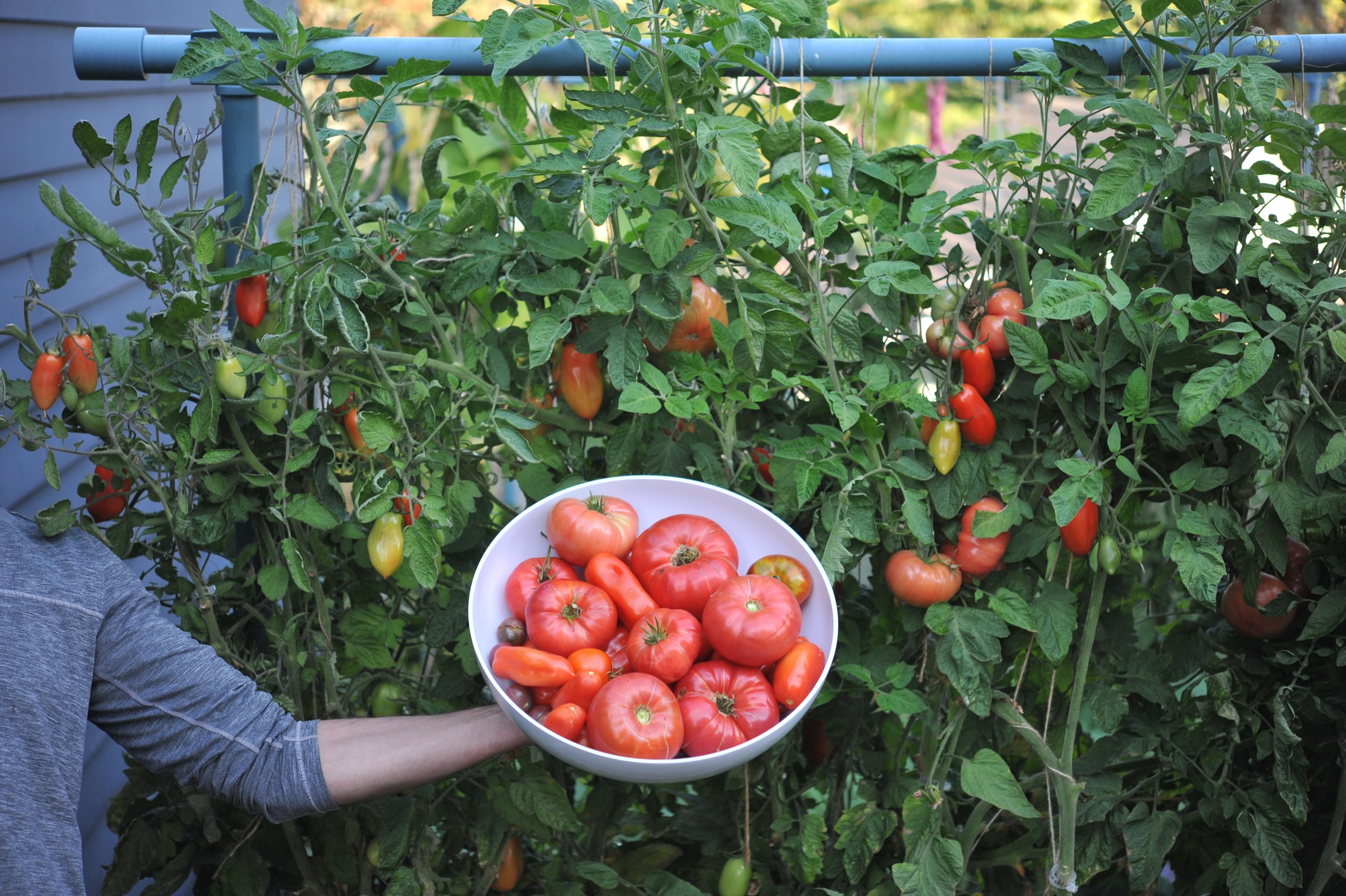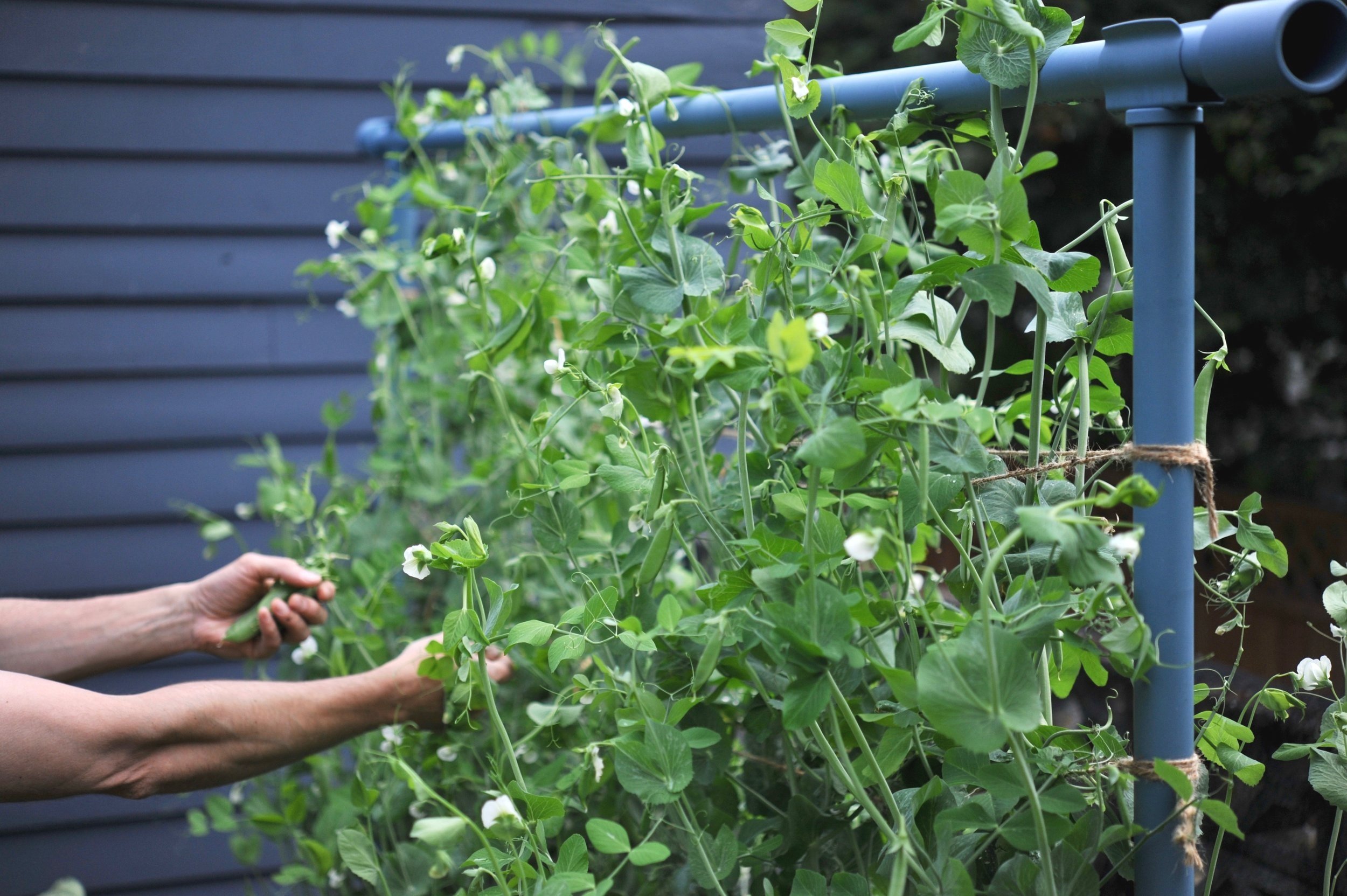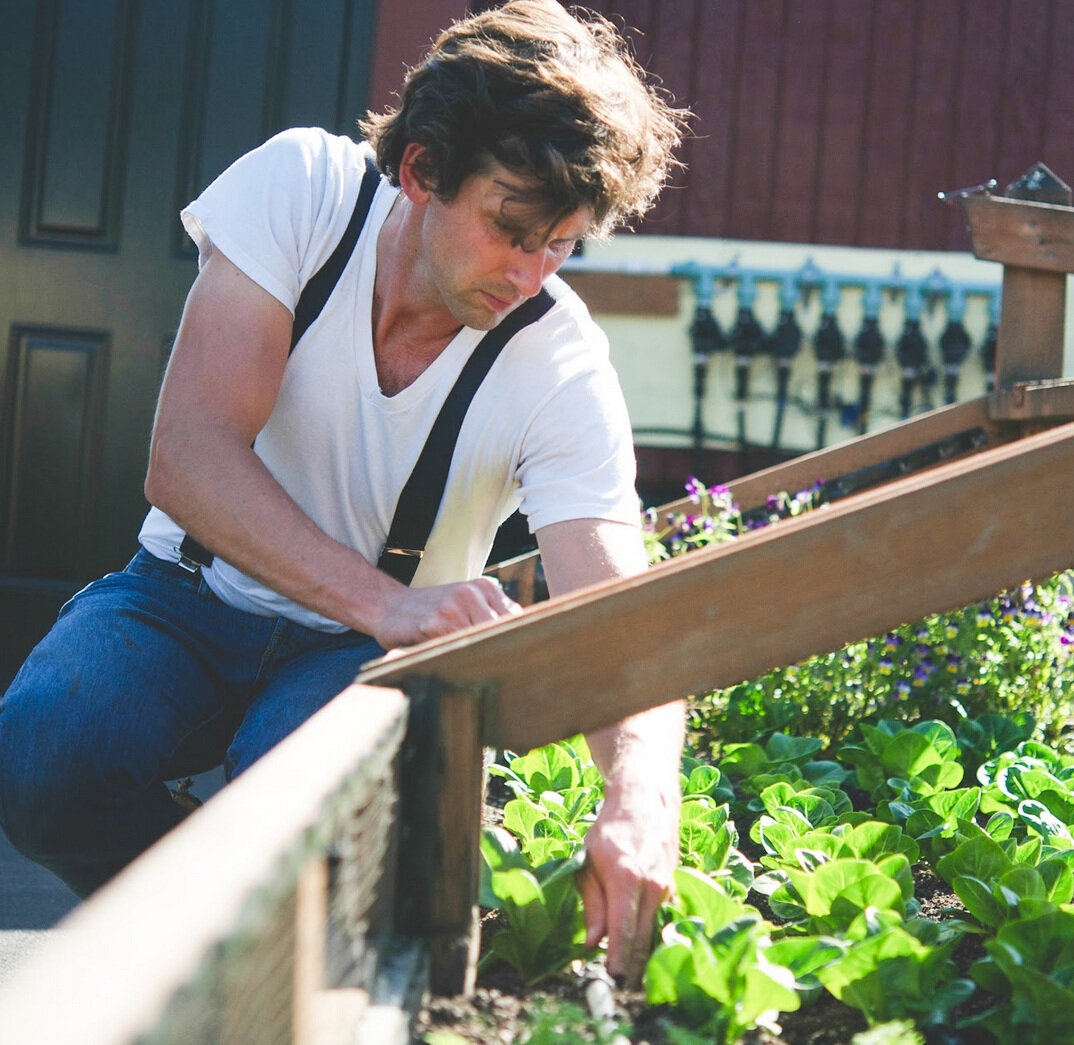In this episode we're giving custom answers to questions some of the listeners in the Slack group. Stay tuned for more on seed starting, drip irrigation, and raspberry pruning, and join our Slack group to get your questions answered!
HOW TO LISTEN:
Listen right now in your browser by clicking above.
Subscribe in iTunes (or your favorite podcast player) to have our podcasts sent directly to your device.
SHOW NOTES:
In this episode, we discuss:
Damping off
Drip irrigation
Cut worms
Raspberry pruning
Seedling heating mats
Important Take-aways:
Damping off is a seedling disease, and infected seedlings don't usually survive. Signs of damping off to look for include seedlings not emerging from the soil, or if they do, the leaves might appear water soaked, soft, mushy and maybe brownish. To prevent it, let the surface of the soil dry out once your transplants have germinated. Make sure you have good air circulation and water less frequently!
With drip irrigation, check your soil water levels throughout the season by digging a few inches below the surface of the soil and looking for moisture. As the season progresses and the weather warms up and the rains start to be less frequent, you may want to run your system for longer.
It’s important to identify potential garden pests before removing them. Cut worms are a common pest and you’ll want to remove them before they can impact your plants. Hand-picking always works best!
Pruning raspberries is an important spring chose. For June-bearing berries, cut down all of the dead canes to the ground each fall. New green canes should come up each year during the summer, these are the canes that will fruit the following season so do not cut these down until a year later after they have fruited. For ever-bearing berries, each cane fruits twice. The first year it grows, it will fruit on the top half of the cane. At the end of the year, cut these canes down to about 1/2 their height. They will fruit on the bottom half the following season. Then you can cut them to the ground at the end of their second season.
Heating mats are a helpful tool to warm the soil to a temperature range that will allow the seeds to germinate. After they've germinated, seeds will grow faster if the heat mats are left on, but the soil will also dry out more quickly, resulting in a more needy plant nursery and higher water usage. Heat mats work well for shallow seeding flats or trays, but not so well for larger containers because they will only heat a limited volume of soil.
Like what you hear? Please share our podcast with a friend. Subscribe on iTunes or your favorite podcast player so you never miss a beat. And we'd really appreciate you showing us some love by leaving a rating and review on iTunes.
Have a topic you'd like see us dig in to? Leave us a note in the comment section below or #EBpodcast on Instagram and Twitter!






